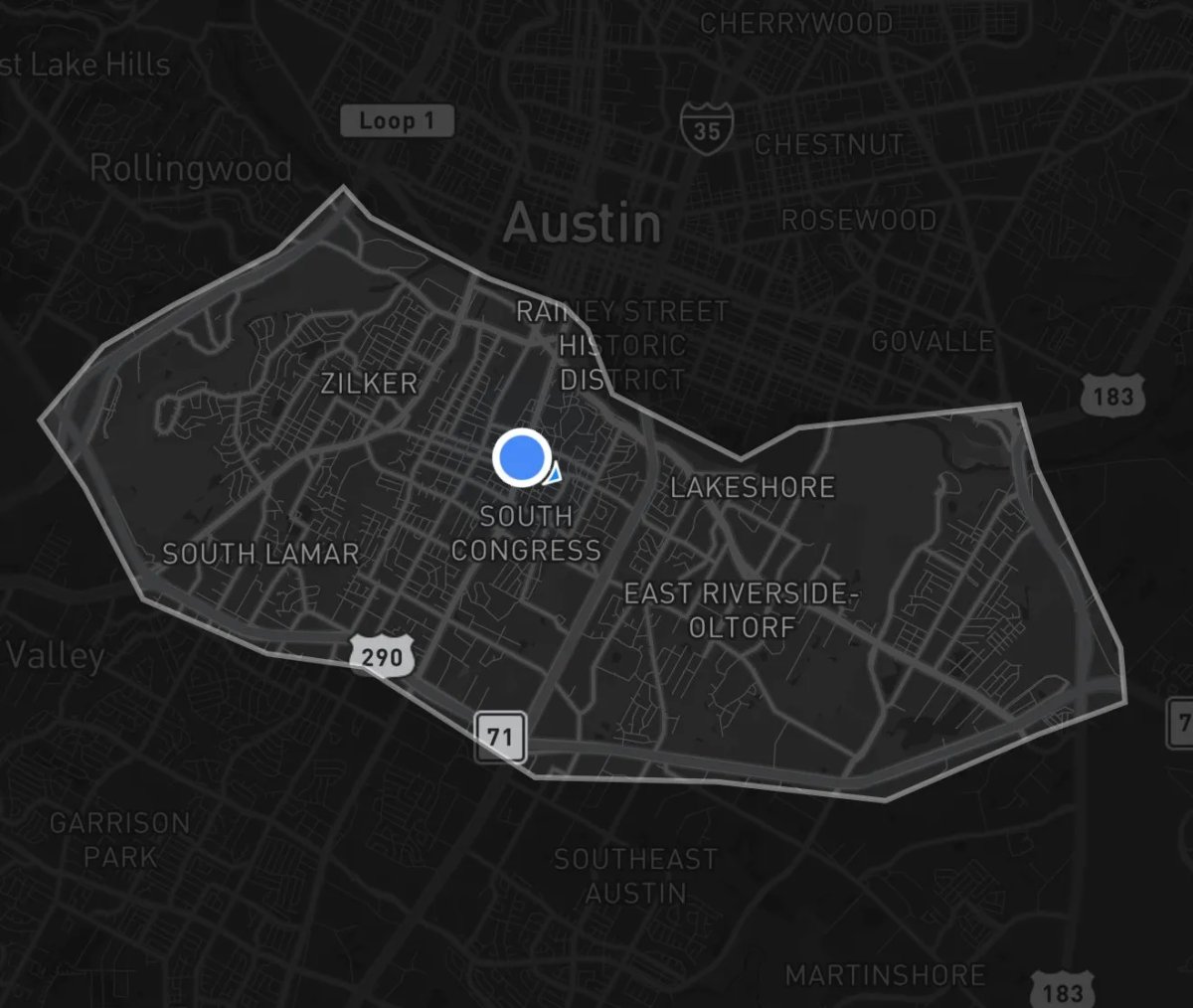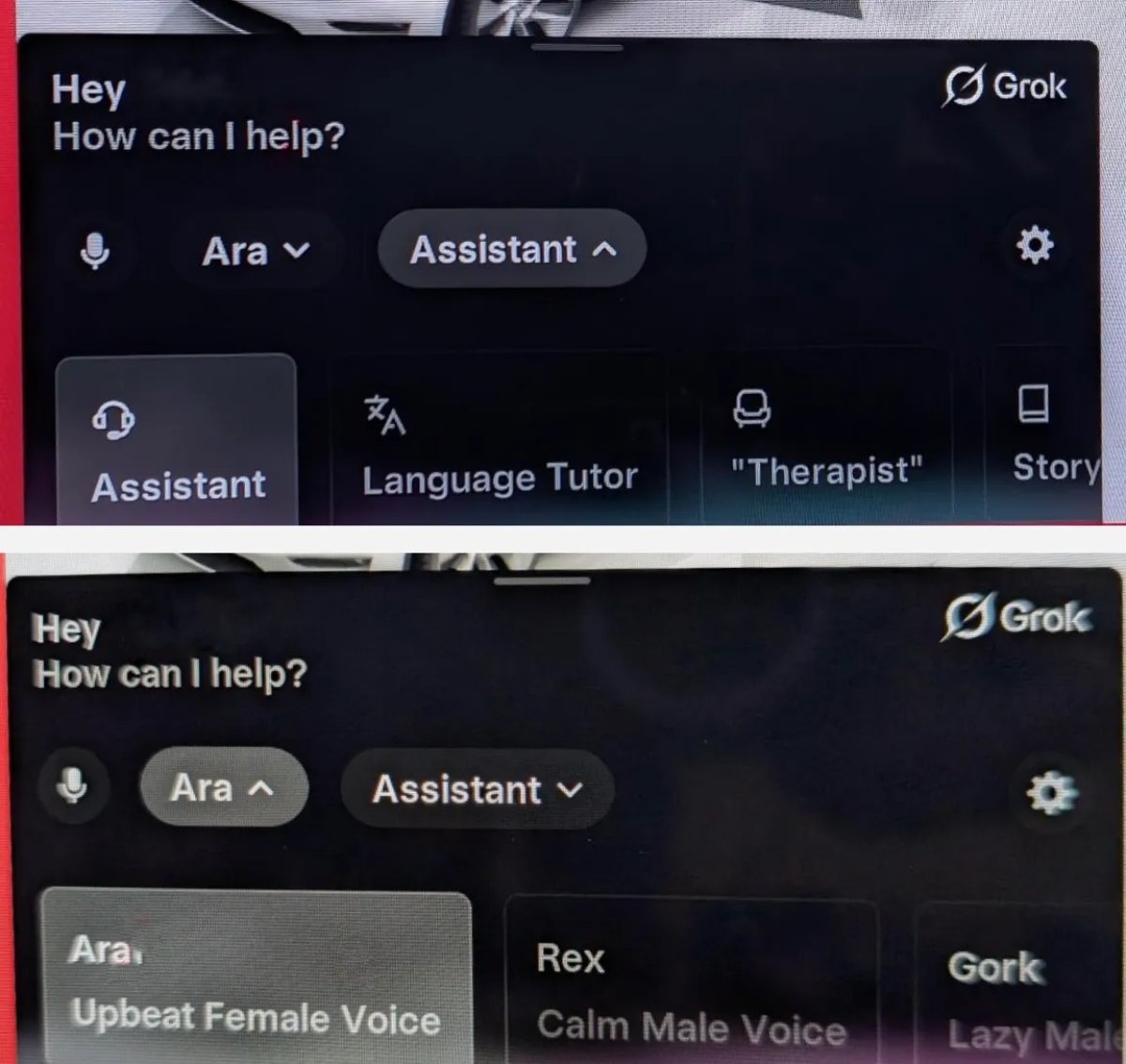Tesla Will Allow You to Adjust the Volume of Joe Mode
The idea would be to add a volume slider to Joe Mode.
Yes
— Elon Musk (@elonmusk) April 23, 2020
The idea would be to add a volume slider to Joe Mode.
Yes
— Elon Musk (@elonmusk) April 23, 2020

Last night on X, Elon Musk confirmed that Tesla will be expanding the service area for its Robotaxi Network pilot in Austin, Texas, this coming weekend. This is the first official confirmation we’ve had of a date for expansion, following news that Tesla is hiring more Vehicle Operators and plans to expand the Robotaxi supervisor ratio in the coming months.
This is a sign of Tesla’s confidence in the Robotaxi pilot program and its current FSD builds.
Expanding to a larger service area in Austin this weekend
— Elon Musk (@elonmusk) July 10, 2025
The announcement confirms the sights we’ve been seeing of Tesla’s engineering validation vehicles focusing on areas outside the initial geofence. This public test shows that Tesla was likely finalizing FSD builds and gathering the necessary safety data to push the boundaries for the service, and this upcoming weekend’s expansion will be the first direct result of that work.
Given the increase in service zone size, this expansion will also likely include the addition of more vehicles to the initial Robotaxi fleet of approximately 20 vehicles. We expect the new number to be anywhere from 30-50 vehicles serving both the original and new areas, combined, based on Tesla’s previously expected rollout schedule.
While the exact new boundaries haven’t been released, it is almost certain that the expansion will include the South Congress Bridge and the downtown core areas of Austin. Expanding into a dense urban zone will include more complex intersections, heavy pedestrian traffic, and a unique road layout. That is a major vote of confidence for Robotaxi FSD’s capabilities.
The expansion will also help Tesla to close the service area gap with Waymo, its primary autonomous competitor in the city. This quick expansion is a sign of just how scalable Tesla’s vision-only approach is, versus Waymo’s arduous and drawn-out mapping processes.
We also expect that with this first service zone expansion, Tesla will continue to invite more people to its Robotaxi Network in the coming weeks. Tesla has already sent out various rounds of events, as they’ll need users to continue using the system. If you’re waiting for an invite, it may be time to start getting excited about the next rollout.

We’ve been hearing about Grok, xAI’s AI assistant, coming to Teslas for almost two years now, but this is finally coming to fruition soon. XAI unveiled Grok 4 last night, but the entire stream didn’t mention Teslas. However, Musk later posted on X that Grok will arrive in Tesla vehicles “by next week.”
Between leaks and the Grok mobile app, there’s a lot we already know about Grok, but there are a few missing pieces that will be cleared when it finally arrives.
Musk said that Grok would arrive by next week, meaning it could arrive before then. However, based on how Musk typically states Tesla timelines, there are a few things to consider that give us a better idea of what to expect.
First, whenever Musk posts a Tesla timeline on X, he typically means when it’ll be released to employees and not a public release. Expect this to be the same thing.
Tesla releases software updates to employees first for a final round of testing before starting a gradual release to the public. Sometimes issues are found, especially with FSD updates, and the update needs some fixes before being released publicly. So expect employees to get it by next week, and not necessarily normal Tesla owners.
The second part to this is that Tesla always rolls out their updates gradually, so when it does finally arrive, it’ll only be available on a small percentage of vehicles. Tesla will gradually monitor issues and logs, continuing the rollout as long as no major issues are found.
The entire Grok UI was already included in software update 2025.20, but it’s not exposed to users. Typically, a new feature like Grok requires a vehicle update to be added; however, this version may be different, as it’s locked behind a server-side configuration.
The Tesla app was recently updated to support logging in to Grok, so it appears that all or most of the necessary pieces are already in place.
Tesla likely has the ability to enable it for all supported vehicles with a simple switch. However, we feel more confident in it being rolled out in Tesla’s next major update, which is likely to be 2025.24 or 2025.26. Rolling it out in a new update aligns with how Tesla has historically introduced features.
If they turned it on for everyone at the same time, they could be exposing everyone to potential new issues, rather than only a smaller segment of users. While Grok is now well-tested through X and the Grok app, there are several elements that are new in Teslas, likely including the ability to control various vehicle functions, such as opening the glove box or other capabilities that voice commands are currently capable of. The Grok interface in the vehicle is also entirely new and may have some bugs associated with it that will need to be addressed, especially if they impact other features.
What we can likely expect is that Tesla will make some tweaks or bug fixes to Grok with the next major update that weren’t included in update 2025.20 and they’ll begin rolling it out to employees and then customers.
Speaking of supported vehicles, thanks to the behind-the-scenes look at Grok, we have a good idea of the vehicles that will be supported. Tesla uses the same code for most of its vehicles, but then it’s compiled for each type of hardware. However, only the needed code is compiled for each vehicle, meaning that some pieces are left out entirely. Unfortunately, Grok code is not included in Intel software builds, meaning that only AMD Ryzen-based vehicles will receive Grok, at least initially.
We’ve seen Tesla go back and add support for Intel vehicles after it initially released a feature for AMD vehicles. We saw this with the weather radar overlay and several other features in the past. However, Tesla has been developing code with web technologies lately. While this makes development easier, it just doesn’t perform as well on the slower Intel hardware, causing it to be left out. We saw this with the new Dashcam Viewer, which is entirely coded in HTML, CSS, and JS. The new viewer was available on HW3 and HW4 vehicles, but only those that included the Ryzen infotainment processor.
Grok is coming to Tesla vehicles very soon. Next week at the latest.
— Elon Musk (@elonmusk) July 10, 2025
There’s a lot we’re expecting in Grok for Teslas. Some people will absolutely love it because it’ll completely transform their drives from a singular experience to feeling like they have a knowledgeable person sitting right next to them. Given the recent controversies surrounding Grok, some people will strongly oppose it. Hopefully, Tesla makes it easy for those users to turn off Grok.
The voice command system, which is activated through the steering wheel, is expected to be replaced with Grok. This will mean that you’ll be able to talk to your vehicle much more naturally, rather than having to remember specific syntax and commands, which should be a major improvement.
We’re personally looking forward to just being able to ask questions that pop into our heads while driving, such as What’s the date of Tesla’s next event, or How many miles away is Mars? Knowledge will be available at the touch of a finger and more accessible than ever.
Grok is also expected to support continuous conversations, meaning that you’ll be able to hold a conversation with it and go back and forth about a certain topic. While there are hints of a wake word in the code, for now, it seems like you’ll press the steering wheel button once to activate it, and then again to turn it off.
For those excited about AI and Grok, this will be one of the biggest additions to Tesla’s software in years, possibly only rivaled by the Dashcam / Sentry Mode feature and FSD Beta.
It shouldn’t be long now before we all have a chance to try it out for ourselves.
See all the features included in Tesla's latest update, version 2025.20.100.
Take a look at features that Elon Musk has said will be coming soon.
See all the features included in Tesla's latest update, version 2025.20.100.
Take a look at features that Elon Musk has said will be coming soon.